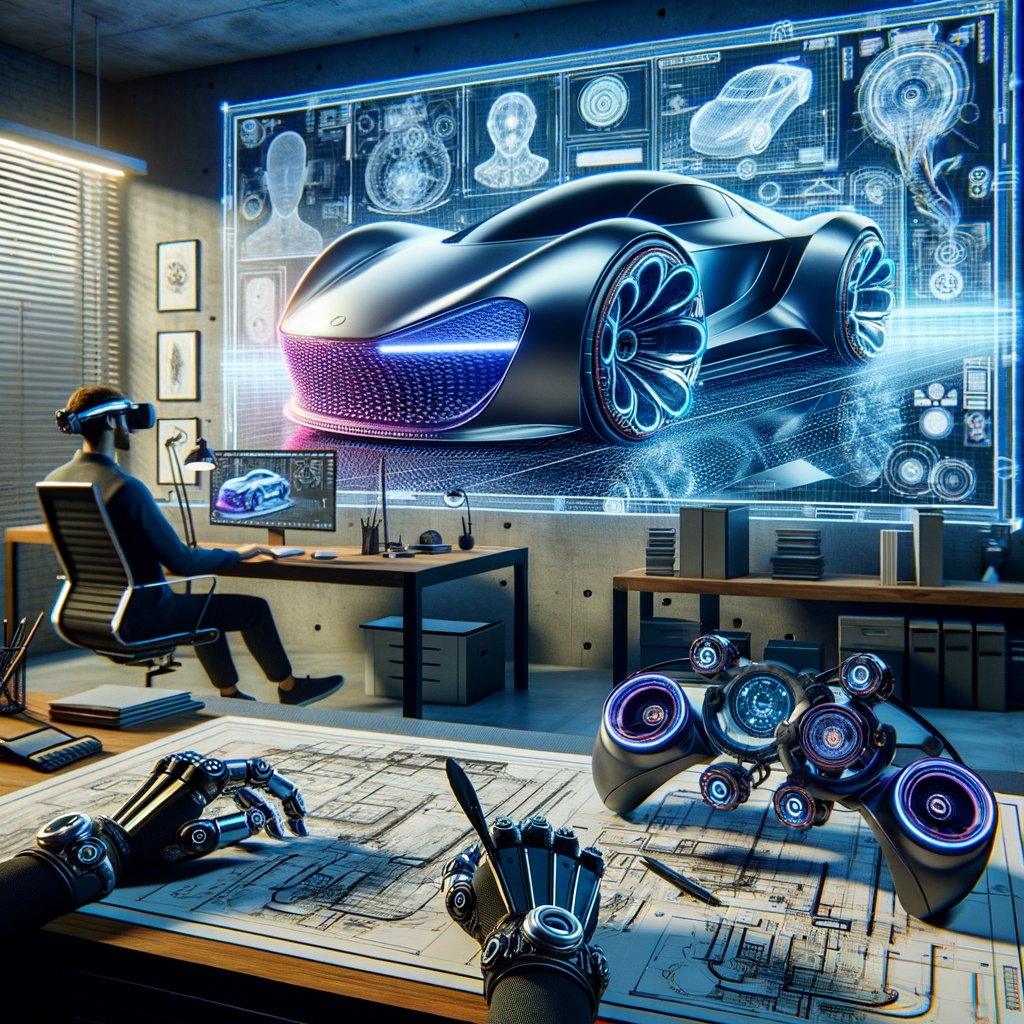Physical Address
304 North Cardinal St.
Dorchester Center, MA 02124
Physical Address
304 North Cardinal St.
Dorchester Center, MA 02124

In the world of automotive design, the advent of virtual reality (VR) technology has ushered in a new era of innovation and creativity. This cutting-edge technology is revolutionising the way designers conceptualise, develop, and refine their creations. It’s a game-changer that’s pushing the boundaries of what’s possible in car design.
Virtual reality, at its core, is a simulated experience that can mimic or completely differ from the real world. In car design, VR enables designers to create 3D models of cars and interact with them in ways previously unimaginable.
The integration of VR into car design has numerous benefits. First and foremost, it allows designers to visualise their ideas more effectively. With VR, they can virtually step inside the car they’re designing and see how every detail looks from different angles.
Moreover, VR provides an opportunity for designers to experiment with various designs without having to build physical prototypes. This not only saves time but also significantly reduces costs associated with materials and labour.
So how exactly does virtual reality work in car design? The process typically begins with designers creating a 3D model using computer-aided design (CAD) software. Once this digital model is complete, it can be imported into a VR system.
Using a VR headset and controllers, designers can then interact with this model as if it were a physical object. They can walk around it, inspect it from various angles, even get inside it to evaluate the interior layout. They can make changes on-the-fly and instantly see how those changes affect the overall look and feel of the vehicle.
One of the pioneers in using VR technology in car design is Ford. The company has been utilising VR to improve its design process since 2013. With their dedicated VR lab, designers at Ford can create and tweak models in a virtual environment before they ever become physical prototypes.
Using an advanced VR system called the FIVE (Ford Immersive Vehicle Environment), designers and engineers can collaboratively explore a full-scale model of a vehicle. They can make real-time adjustments to the design, examine how different materials look and feel, and even simulate driving conditions to assess the vehicle’s performance.
As impressive as these advancements are, we’re only scratching the surface of what’s possible with virtual reality in car design. As this technology continues to evolve, it will undoubtedly play an increasingly significant role in shaping the future of automotive innovation.
Imagine a world where customers could use VR to customise their own cars right from their living rooms. They could choose colours, materials, and features; then take their customised vehicle for a virtual test drive. This level of personalisation could fundamentally change how cars are bought and sold.
In conclusion, virtual reality represents a new frontier in car design. It offers unprecedented opportunities for creativity and innovation while also streamlining the design process and reducing costs. Whether you’re a designer seeking new ways to express your vision or a consumer looking forward to experiencing your dream car before it even exists, VR holds exciting possibilities for everyone involved in the automotive industry.